
Welcome to CivilGEO Knowledge Base
Welcome to CivilGEO Knowledge Base

Welcome to CivilGEO Knowledge Base
Welcome to CivilGEO Knowledge Base
Output data from the HEC-HMS model are stored in files with a *.dss extension. DSS stands for HEC Data Storage System which is specifically designed to store data for applications in water resources. The HEC-DSS system can store almost any type of data, but it is most efficient at storing large blocks of data (e.g., time-series data). GeoHECRAS can read data from a DSS file, whereas GeoHECHMS is capable of writing data in a DSS file format. Thus, a DSS file can be used to transfer data between both software, allowing the user to export flow data from a HEC-HMS model and use it in HEC-RAS modeling. As a result, HEC-DSS makes it easier to use observed data and communicate information between software. Click here to download the HEC-DSS software.
The following sections of the article describe how to export the flow data from a HEC-HMS model and use it for HEC-RAS modeling.
Flow data from a HEC-HMS model is automatically stored in a DSS file associated with the project’s scenario once the HEC-HMS analysis is complete.
Follow the steps given below to locate the DSS file:
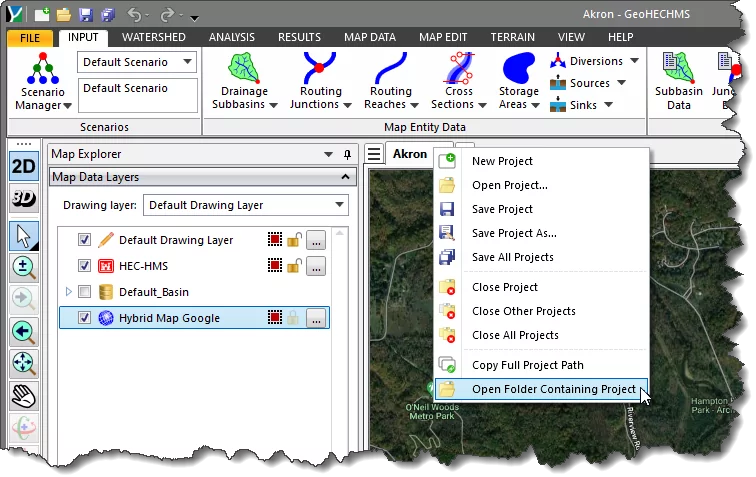
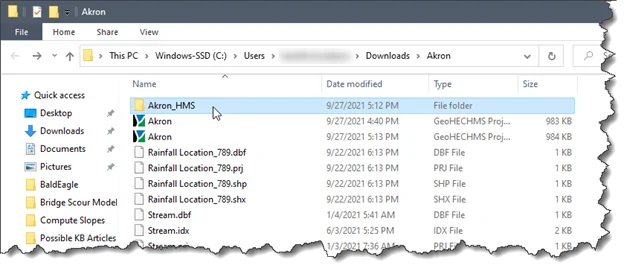
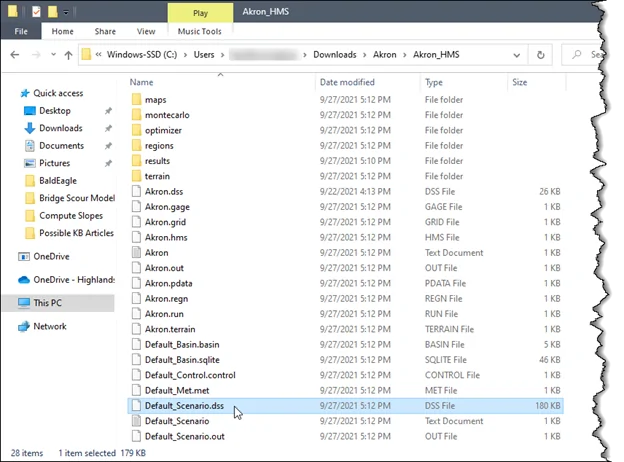
Follow the steps given below to open the *.dss file using HEC-DSS software:
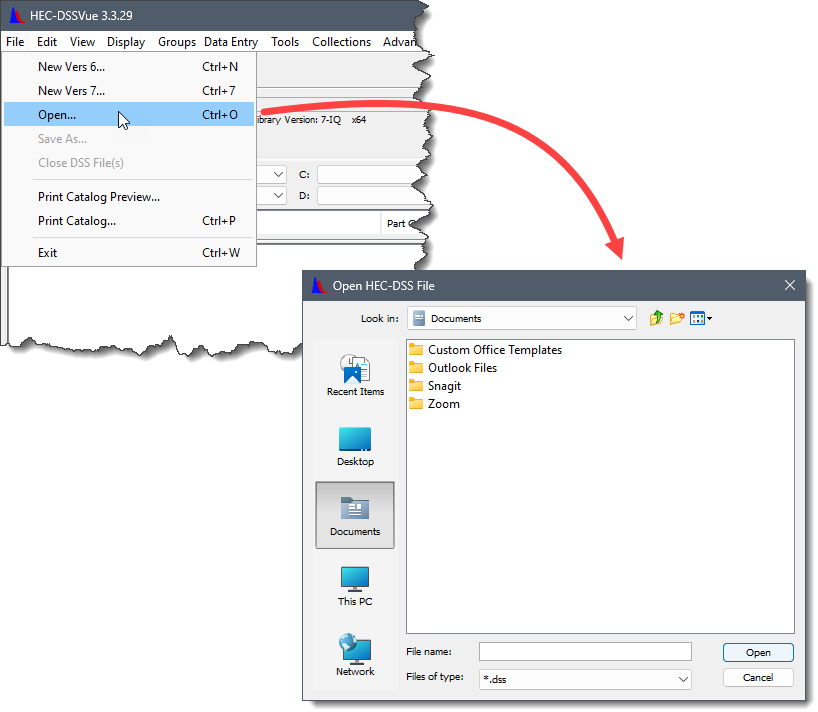
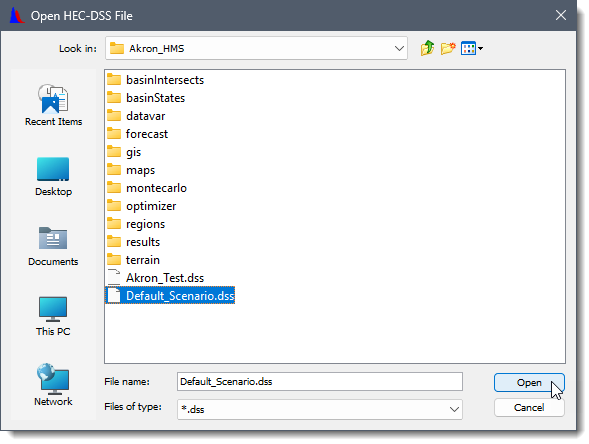
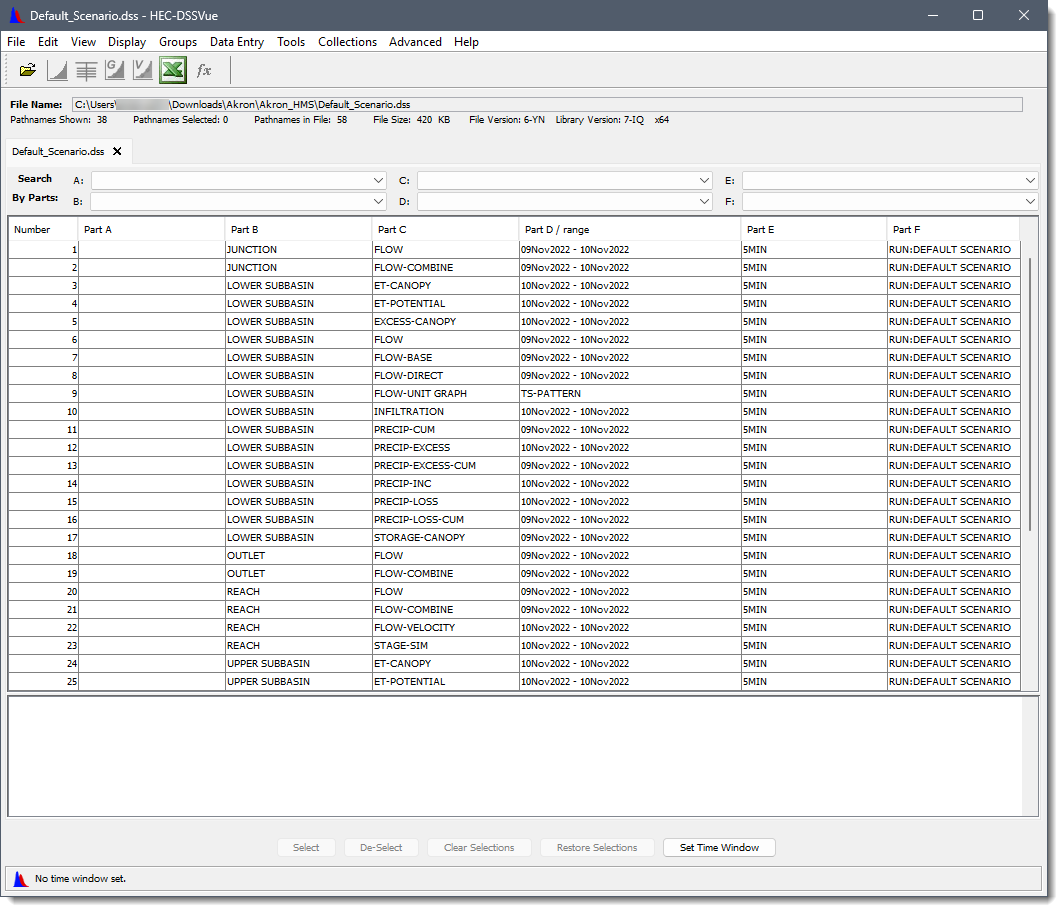
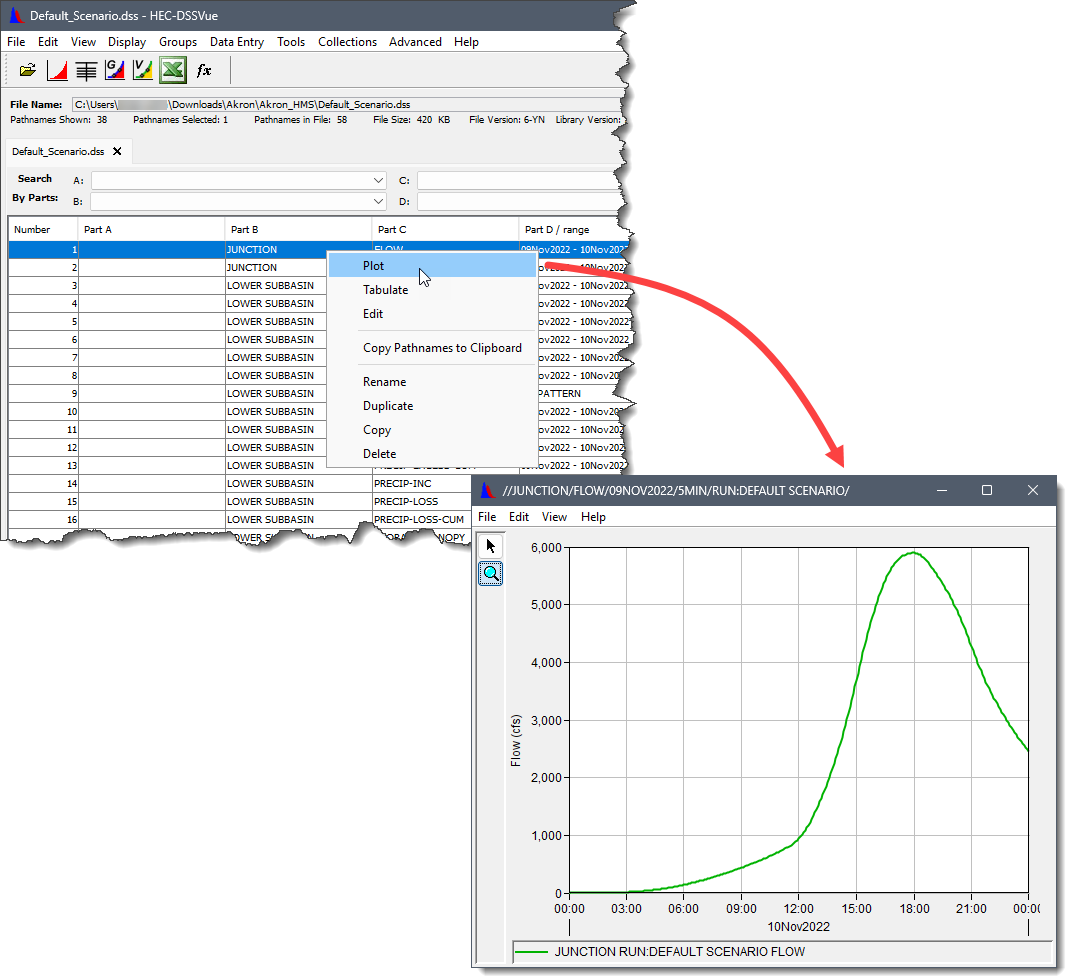
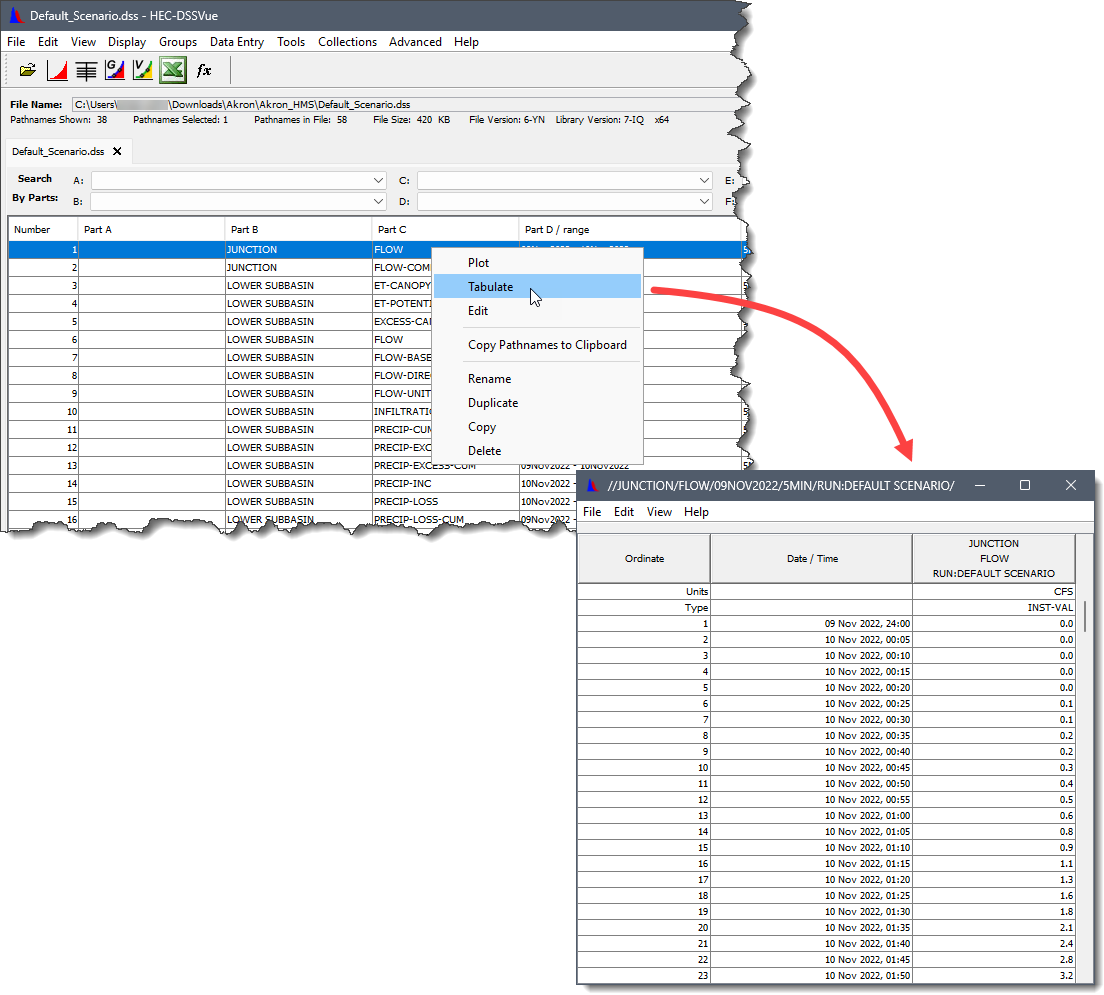
Follow the steps below to import a DSS file in GeoHECRAS:
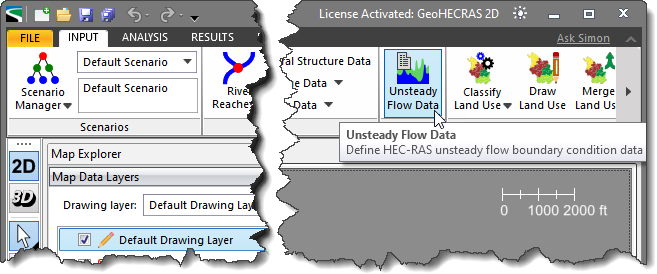
![Unsteady Flow Data dialog box - [Define] button](/wp-content/uploads/sites/25/2022/11/Linking-Flow-Data-from-HEC-HMS-to-RAS-Imge-10.png)
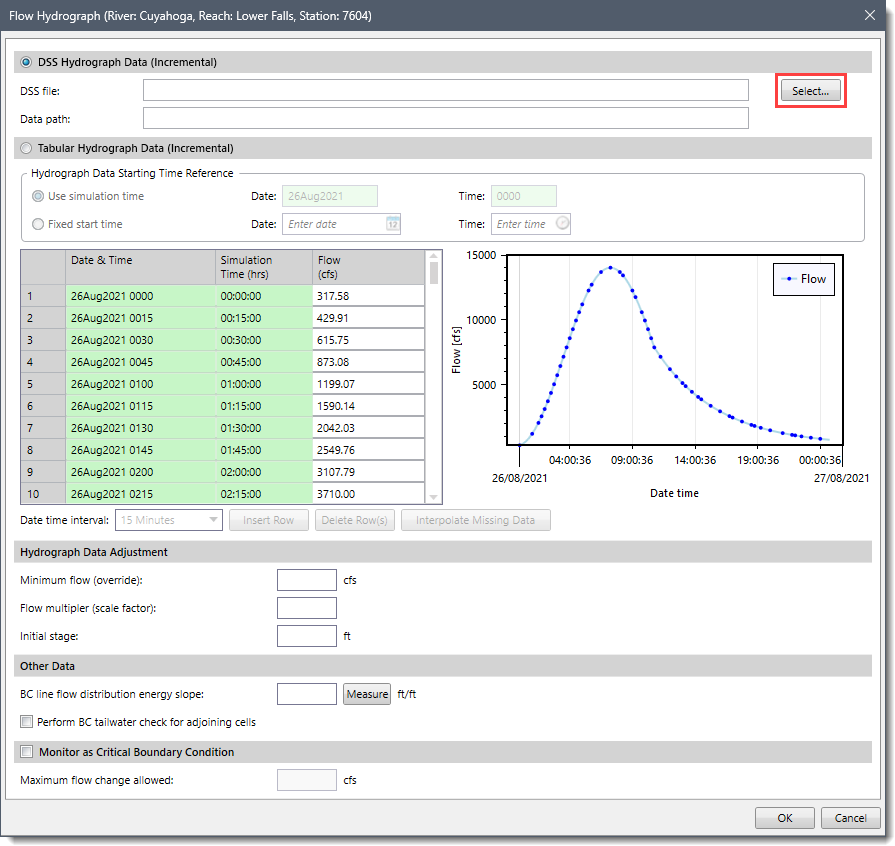
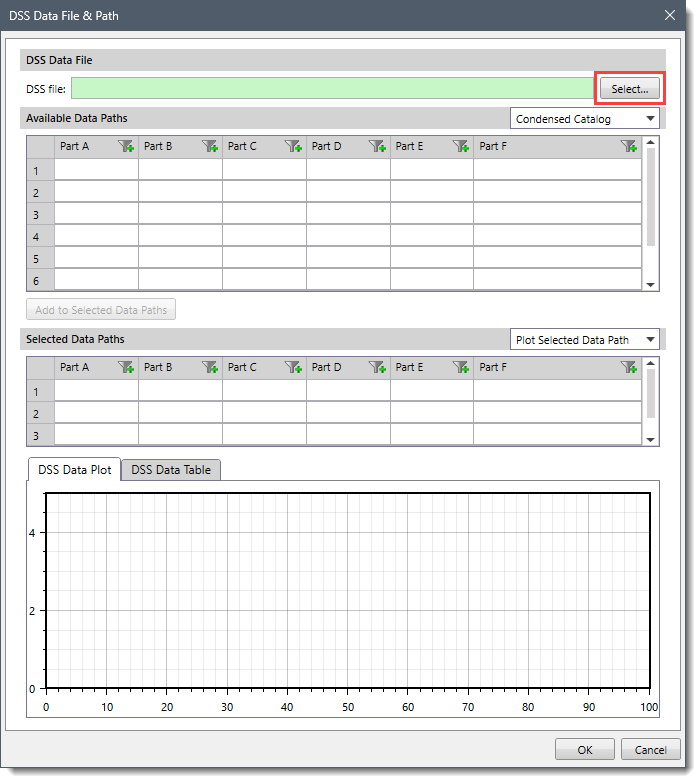
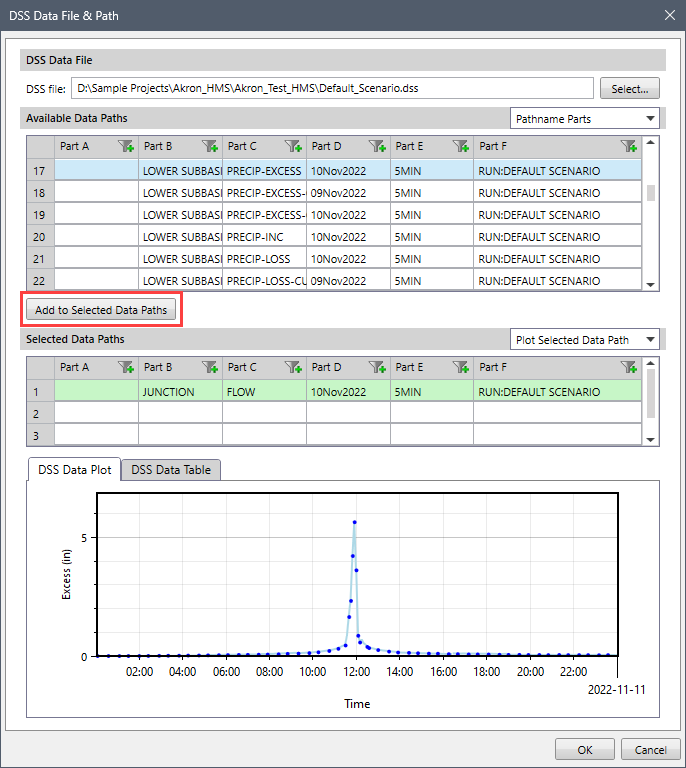 Refer to this article in our knowledge base to view data contained in an DSS Data File and Path dialog box.
Refer to this article in our knowledge base to view data contained in an DSS Data File and Path dialog box.
![Unsteady Flow Data dialog box [OK] button](/wp-content/uploads/sites/25/2022/11/Linking-Flow-Data-from-HEC-HMS-to-RAS-Imge-15.png)
 1-800-301-02-955
1-800-301-02-955
 608-729-5100
608-729-5100
(US and Canada)
 [email protected]
[email protected]
 +1 608-729-5100
+1 608-729-5100
CivilGEO India
Graphix Tower, A-13 A
3rd Floor, Sector 62
Noida, Uttar Pradesh 201309
IndiaTel:
1-800-301-02-955 or
+91 022-3831-8601
CivilGEO United States
8383 Greenway Blvd
6th Floor
Middleton, WI 53562
USATel:
608-729-5100 or
800-488-4110
Copyright © CivilGEO, Inc. All rights reserved. The CivilGEO logo, “GeoSTORM”, “GeoHECHMS”, “GeoHECRAS”, and “Ready To Engineer” are registered trademarks of CivilGEO,Inc.
All other brands, company names, product names or trademarks belong to their respective holders.
We use cookies to give you the best online experience. By agreeing you accept the use of cookies in accordance with our cookie policy.
When you visit any web site, it may store or retrieve information on your browser, mostly in the form of cookies. Control your personal Cookie Services here.
The ZoomInfo WebSights snippet drops three cookies to track Unique Visits:
1. _pxhd - Related to the Perimeter X security layer (Perimeter X isused to prevent bot attacks).
2. _cfduid - Related to the CloudFlare security layer (CloudFlare is the Network Security protocol that ZoomInfo uses to orchestrate the rate limiting rules).
3. visitorId - This is how WebSights identifies recurring visitors








